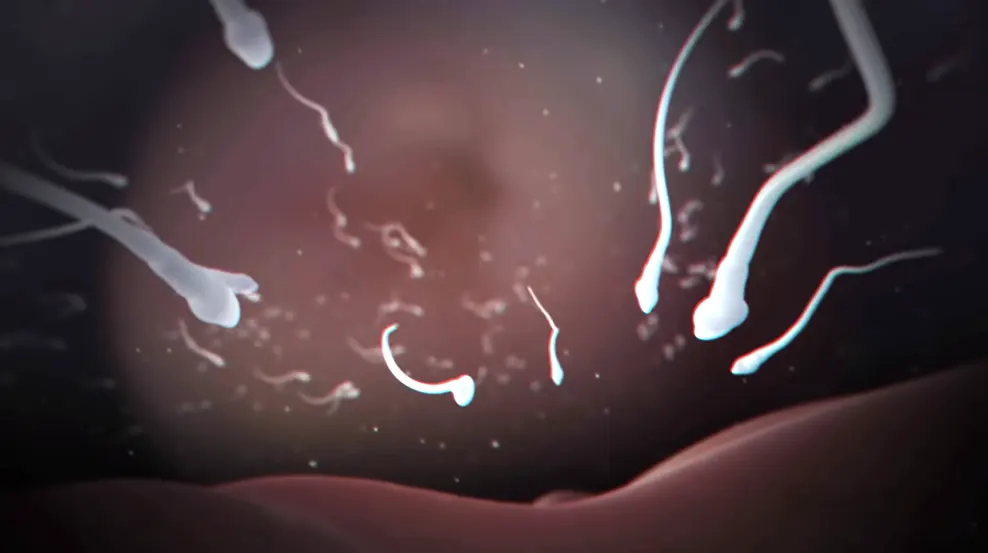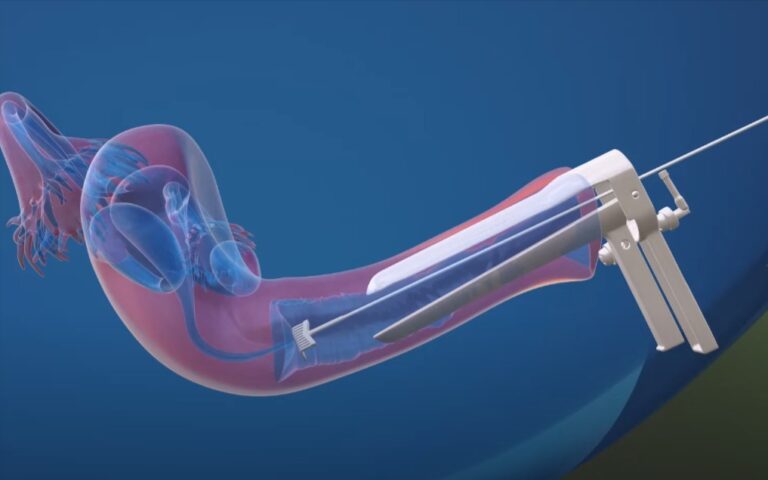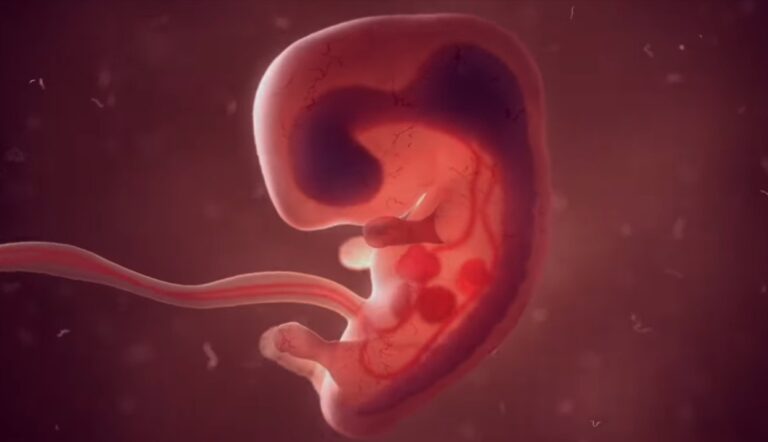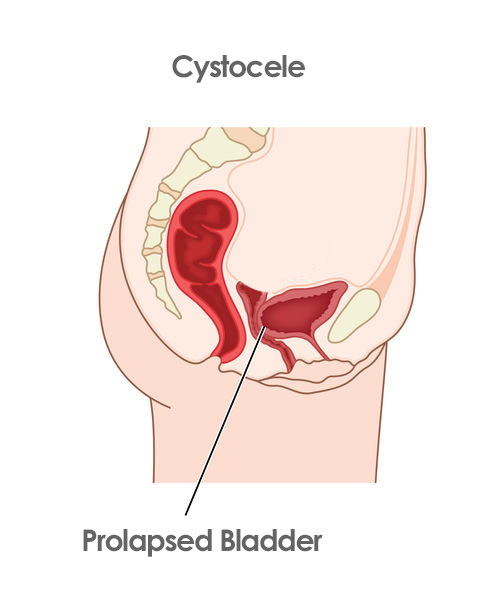Where Does Sperm Go After Hysterectomy?
What Happens to Sperm After a Hysterectomy?
One common question that many women have is where does sperm go after hysterectomy. The answer is straightforward: after a hysterectomy, the remaining areas of your reproductive tract are separated from your abdominal cavity. This means that sperm has nowhere to go and is eventually expelled from your body along with your normal vaginal secretions.

How Does Hysterectomy Affect Sexual Function?
It’s natural to wonder if sex will be different after a hysterectomy. While individual experiences may vary, studies have found that for many women, sexual function is either unchanged or improved after surgery, regardless of the type of procedure used. However, it’s generally recommended that you wait at least 6 weeks after your procedure before having sex.
Some women may experience an increase in vaginal dryness or a lower sex drive after surgery, especially if their ovaries were also removed. Hormone therapy and the use of a water-based lubricant during sex can help with these symptoms.
Another potential change that may occur is that the vagina may be narrower or shorter following the surgery. This may make full penetration difficult or painful for some women.
Can You Still Have an Orgasm After Hysterectomy?
It is still possible to have an orgasm following a hysterectomy. Some women may even experience an increase in the strength or frequency of orgasms. However, some women may notice a decrease in orgasm. The effects of hysterectomy on sensation may depend on a woman’s preferred area of sexual stimulation.
Where Do Eggs Go After a Hysterectomy?
If you retain one or both of your ovaries and haven’t reached menopause, an egg will still be released every month. This egg will eventually enter the abdominal cavity where it will degrade. However, if both ovaries are removed, you will no longer release eggs.

The cervix and uterus are removed during a hysterectomy, preventing sperm from reaching the eggs for fertilization. If during surgery both ovaries are removed, a woman will no longer make eggs. If one or both ovaries are maintained, they will continue to generate hormones and release eggs, which will eventually disintegrate in the abdomen.
Can Women Still Ejaculate After Hysterectomy?
Female ejaculation is a release of fluid that happens during sexual stimulation. This fluid comes from glands called Skene’s glands, which are located close to the urethra. The good news is that this area isn’t removed during a hysterectomy, which means that it’s still possible for a woman to ejaculate after the procedure. In fact, according to a survey study of female ejaculation, 9.1 percent of respondents who had undergone a hysterectomy reported still being able to ejaculate.
Has anyone ever got pregnant after a hysterectomy?
Since a hysterectomy entails the surgical removal of a woman’s uterus, getting pregnant after one is not possible. This operation is permanent and cannot be undone. All chance of becoming pregnant naturally or through in-vitro fertilization (IVF) is gone after the uterus is removed. Yet, in a small percentage of situations, a woman may still be able to conceive following a hysterectomy by using gestational surrogacy.

For the mother who got the hysterectomy in this instance, the surrogate must carry the pregnancy and give birth. Despite the fact that there have been a few instances of successful pregnancies following a hysterectomy, they are extremely uncommon and necessitate close medical and legal coordination between the mother and surrogate. The only option left for those who want to have children after having their uterus removed is gestational surrogacy because a hysterectomy effectively eliminates any chance for a natural pregnancy.
However, in rare cases where the ovaries are not removed during the procedure, an ectopic pregnancy can still occur. An ectopic pregnancy occurs when a fertilized egg implants somewhere other than inside the uterus such as outside of the uterus or in one of the fallopian tubes. Ectopic pregnancies can be dangerous and require medical attention immediately, so it is important that women who have had a hysterectomy discuss this risk with their doctor and understand warning signs of an ectopic pregnancy so they can take prompt action if necessary.
It’s critical to realize that getting pregnant after a hysterectomy is difficult and not always possible. Before moving further, couples who want to pursue this option should speak with a reproductive professional and legal counsel. The procedure could cost a lot of money, be emotionally taxing, and take months or even years to finish. In the end, it’s critical for anyone thinking about getting pregnant after a hysterectomy to be aware of the risks and ready for any potential issues.
Although it is possible to become pregnant after a hysterectomy, couples should not take this possibility lightly and should consult medical professionals before taking any action.
How Do the Ovaries Stay in Place?
After a hysterectomy, it is possible for the ovaries to remain in place. This procedure involves removing the uterus while leaving the ovaries intact and preserving the connections between them and the other organs in the body.
The main reason why many women choose to keep their ovaries after a hysterectomy is so they can maintain their hormones levels, which are important for overall health and wellbeing. By keeping the ovaries in place, women can also reduce their risk of developing some types of hormone-related medical conditions such as osteoporosis or cardiovascular disease.
In order for the ovaries to stay in place following a hysterectomy, the surgeon must be careful not to cause any damage to any of their connections or supporting structures during surgery. Your doctor should discuss this with you prior to your procedure so that you know exactly what will happen and what risks may be associated with having your ovaries left in place after surgery.
Can a man feel the difference after a hysterectomy?
For many women, having a hysterectomy can have a significant effect on their relationships with their partners. That said, it is important to understand that while men may notice changes in the physical and emotional aspects of the relationship, they cannot physically feel any difference after their partner has gone through this procedure.
A hysterectomy is a major surgery that involves removing the uterus (and often other reproductive organs). While recovering from this surgery, many women experience symptoms such as fatigue, pain, and hormonal changes which can impact their ability to perform intimate activities. For many men though, these changes are not noticeable or felt directly.
That said, even if a man does not feel any physical differences after his partner’s hysterectomy, he can still be affected in other ways. As a result of the surgery and its associated recovery process, some couples find themselves having to adjust both their physical relationship as well as communication styles in order to accommodate the changes that come along with the procedure.
At the same time though, some couples report feeling closer than ever after a hysterectomy due to increased emotional connection and understanding of each other’s needs during this difficult time. Ultimately though it all varies depending on the specific situation and how each individual processes things differently.
Do the Remaining Organs Shift to Fill Up the Void?
The space after a hysterectomy, which was once occupied by the uterus and other reproductive organs, is often filled up with fat and scar tissue. This process occurs naturally to ensure that the body maintains its overall shape. As such, it is not necessary for any of the remaining organs in the body (such as the bladder or intestines) to shift positions in order to fill up this void left by the removed organs.
However, this does not mean that no changes occur within the body after a hysterectomy. Depending on the type of surgery performed and how much tissue has been removed, there may be some changes in organ position or shape. For instance, if a significant portion of the uterus was removed, then it is possible for other organs such as the bladder or rectum to move forwards or upwards due to pressure exerted from behind them. This can lead to symptoms such as urinary incontinence or difficulty having bowel movements.
It’s important to note though that these types of changes are rarely permanent and can usually be remedied with conservative treatments such as physical therapy or pelvic floor exercises. Therefore, although it is possible for some organs to move after a hysterectomy, most women do not experience this issue and can expect their body shape to remain largely unchanged following recovery from their procedure.
Types of Hysterectomy Procedures
The removal of the uterus by a major surgical procedure known as a hysterectomy may be required for a variety of reasons. There are various hysterectomy methods available today, and which one is best for you may depend on your particular circumstances. The most common hysterectomy operations are listed below:
Partial Hysterectomy
This treatment only involves the removal of the top portion of the uterus; the cervix is left unaffected. Depending on how much is removed, this treatment may also be referred to as a subtotal or supracervical hysterectomy.
Total Hysterectomy
As the name suggests, the uterus and cervix are completely removed during this form of hysterectomy.
Radical Hysterectomy
If a woman has been diagnosed with a specific type of cancer, such as uterine or cervical cancer, her doctor may advise that she undergo a radical hysterectomy. To stop the spread of cancer cells, it entails removing not just the uterus and cervix but also other nearby tissue and organs.
Laparoscopic Hysterectomy
This cutting-edge procedure allows surgeons to remove the uterus more accurately than with open surgery methods because they can see inside the patient’s belly using a narrow tube with a camera connected to it (the laparoscope).
The abdominal hysterectomy and vaginal hysterectomy are two additional popular hysterectomy methods in addition to the ones already discussed.
A bigger abdominal incision is made during an abdominal hysterectomy to allow medical professionals complete access to the uterus, which is then removed through the incision. This strategy is typically used when the uterus and/or nearby organs require a closer examination during surgery.
A vaginal hysterectomy does not require any exterior incisions and removes the uterus through an internal vaginal incision. Because it is non-invasive and requires less downtime for recovery, this approach might be preferred by certain women.





